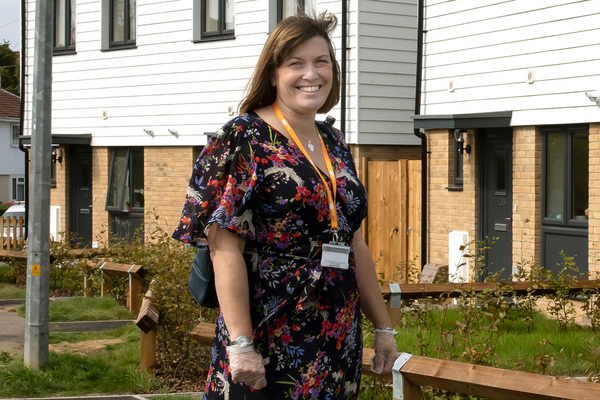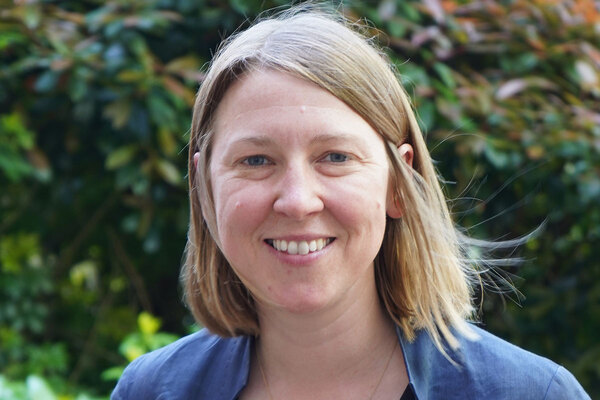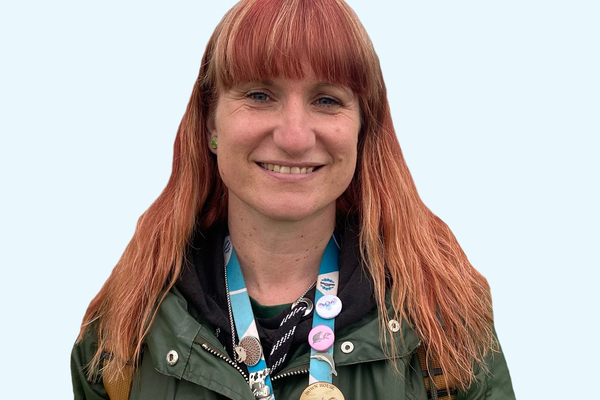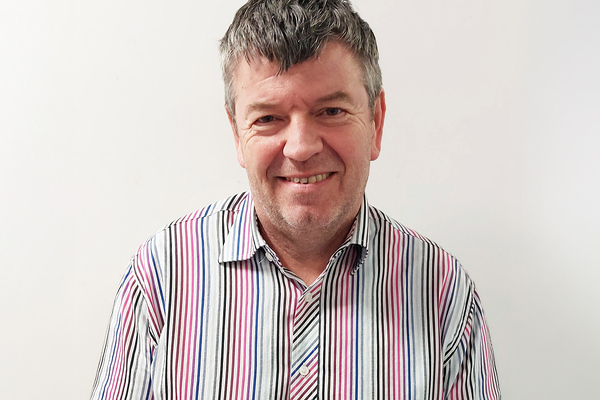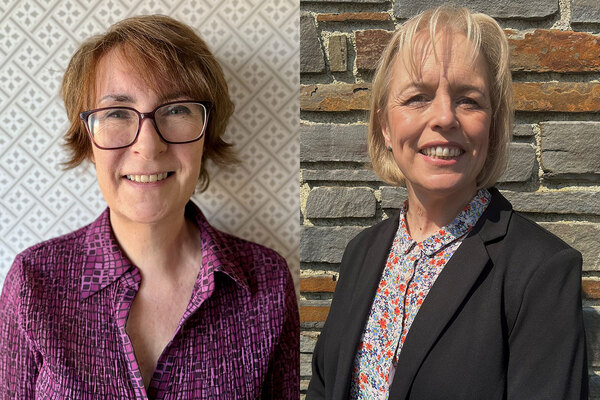Why Eastlight paid 20 residents to set up community projects
Landlords are trying to reset their relationship with residents after a testing few years. Could paying them to unlock their expertise be the answer? James Riding visits an association that is trying to find out

Eastlight wants to be innovative. Like a tech start-up, the Essex housing association’s recently refurbished office in Braintree is designed to encourage spontaneous collaboration, with meeting booths, ping-pong tables and – of course – beanbags.
This start-up mindset was also behind an ambitious community engagement scheme that began in June 2022. For one year, the landlord paid 20 Essex residents – nine of whom were Eastlight tenants – a full-time salary and helped them to design and launch their own community projects to tackle social issues in the county.
Many housing associations run community projects, but Eastlight’s scheme, the ‘All In Incubator’, was unusual because it sourced talent and ideas directly from the community. It was therefore simultaneously a social investment scheme, a tenant engagement scheme and a recruitment programme (as two participants went on to secure permanent roles at Eastlight).
So how did it work, what did the residents come up with and how successful were their spin-off projects? Inside Housing met the architects of the scheme to find out more.
All In’s 20 participants were recruited without CVs, says James Green, director of social innovation and community empowerment at Eastlight. The housing association was looking for people with “lived experience and entrepreneurial spirit”.
“[We were] consciously recruiting a different demographic to usual, from a research scientist to someone working in Allied Carpets,” says Matt Black, head of social innovation at Eastlight. The plan was for most participants to be new to community work, with a segment who had some relevant volunteer experience.
Participants were paid a salary of £26,000.
“When we started All In, people said, ‘Is this a tick-box exercise? Is this real?’” says Mr Green. “They had to be persuaded that these opportunities are meaningful.” Expanding the scheme beyond the association and its residents was crucial to addressing this. “We didn’t want something that just focused on [our] tenants,” says Mr Black, “but the wider community, too.”
A total of 200 people from across Essex applied to All In. To whittle them down, the applicants navigated a three-month recruitment process with two rounds of interviews, as well as a team-building session.
The 20 successful participants were split into four teams of five people, and each given a social issue, such as mental health or the cost of living crisis, and an area: Braintree, Witham, Colchester or Halstead.
Eastlight provided a programme of training, coaching and mentoring. Over the 12-month training and design process, participants were encouraged to test their ideas with members of the public. They met more than 2,500 people through resident events, focus groups and door-knocking, and engaged with 3,000 residents online.
Of the 20 graduates, seven created the four spin-out projects that are taking their ideas forward. These have become independent organisations, separate from Eastlight, with their own governance structures. All four secured initial funding from Eastlight and are now seeking funding from other backers.
How schemes are run
Most of the time, resident engagement schemes are run by volunteers. “Traditionally there’s been this [belief] ‘don’t pay the residents because there’s a conflict of interest’,” says Michelle Baker, board member and Customer Influence Committee chair at Eastlight. “The biggest debate came from other residents,” who claim that “you can’t be an independent person” when you are on the landlord’s payroll.
However, she argues: “My committee members may be paid, but they still have independent views.”
The success of All In suggests that by moving to a professional model, housing associations could tap into a large quantity of previously untapped resident talent. “It makes you feel worth something,” says Ms Baker. “To have your landlord pay you means so much.” Many people are “so undervalued… it is just circumstance that holds them back most of the time”.
Research from the University of Essex, commissioned by Eastlight, found that for every £1 invested in the All In programme, the social return on investment was £6.26. Positive impacts on participants included greater purpose and increased skills and employability. Their personal and professional networks grew by 60%, while they felt 33% more positive about their community.
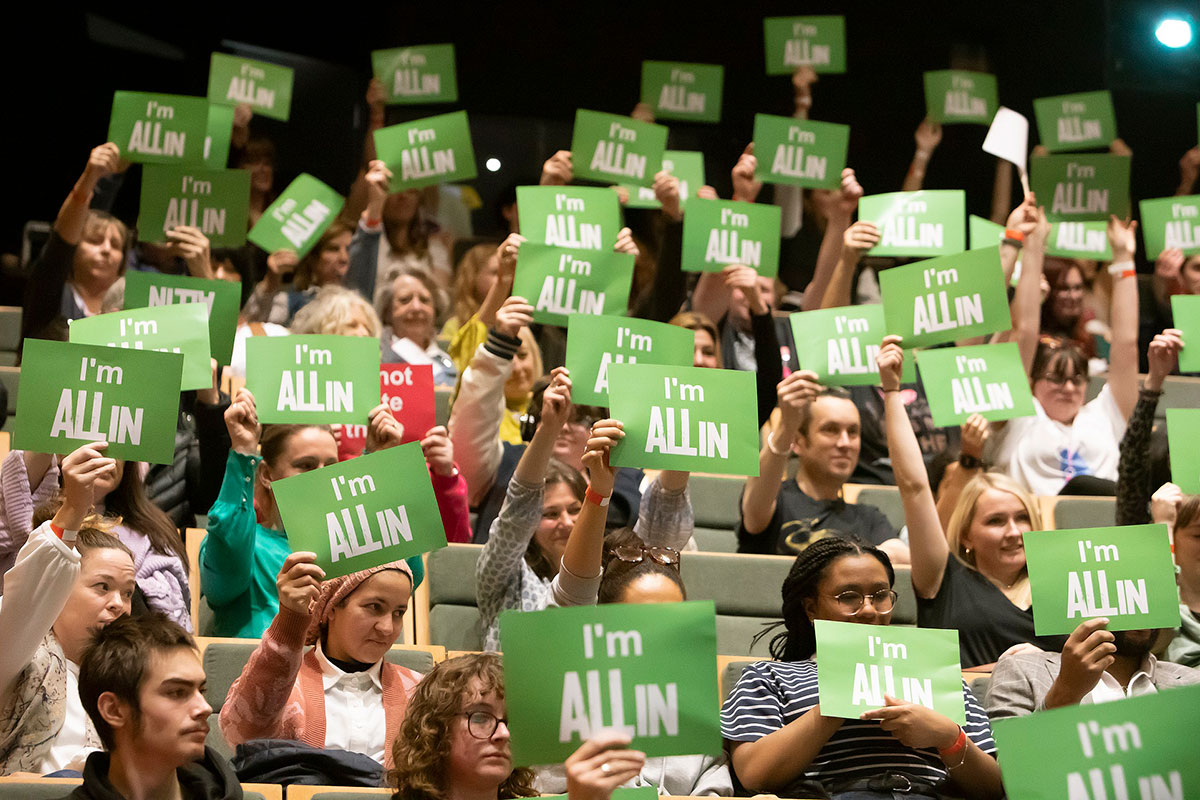
While the total cost of the scheme was significant – £1.2m over a year, including the 20 participant salaries – it was not outrageous. “We’re in the top quartile of housing associations for community investment, but we’re not an outlier,” says Mr Green.
For the 13 All In participants who did not stay to work on their start-up organisations, most have been able to secure full-time employment, some at Eastlight.
Joanne Jackson was one of five existing Eastlight staff members who were seconded to All In. She worked for Eastlight’s repairs department before the scheme, but enjoyed the experience so much that she is now starting a new role as a resident engagement officer.
Eastlight is currently discussing what it wants next year’s scheme to look like. The organisers still need approval from the board for the next three-year cycle.
“There were a lot of teething problems with All In,” says participant Gemma Griffin. She suggests there was “too much training when we should have been concentrating on projects”.
“They should improve the pace” next time, says Jessica Taylor, another participant. Project deadlines combined with training created a “massive amount of pressure… We had no roles for six months”, she adds.
While there are always things that can be improved, “The model clearly works,” says Mr Green. “Now it’s thinking, ‘What is this like over the long term?’”
Above all, he says, All In’s central achievement is that it “enabled people actually experiencing problems to come up with solutions”. The results were “solutions to problems you’d never come up with sitting in an office somewhere”.
Money confidence project: Trusted
Mother and daughter Karen Badenoch and Jessica Taylor run Trusted, a six-week cost of living assistance programme in Colchester that was conceived on the All In scheme. Ms Badenoch was approached by Eastlight to apply for All In.
She already had a job as a practice manager at an architectural studio, which she left to participate in the scheme. For Ms Badenoch, it was crucial that All In was “for Colchester residents, not just Eastlight residents”.
In her research, she found two groups of people with money difficulties: one group “who were always skint” and one who “had been comfortable” but were running into trouble following recent mortgage hikes. We “thought we’d put those groups together”, she says, to share advice and receive guidance from 20 guest professionals from agencies including the council, the NHS and Mind.
Around 16 people take part in each six-week course, which runs every Friday for two hours in various community venues. Participants are provided from agency referrals and advertising and include people from a wide range of backgrounds.
There are tasks to complete at home every week and supermarket vouchers are supplied to help attendees pay their bills.
Trusted’s first 10 participants made savings of more than £40,000 in six weeks. The average savings per person are £3,000, Ms Badenoch says. One attendee has started their own business, while another saved enough to book flights to see her mother in Canada for the first time in six years. Around 25 people have been through the programme so far.
For the programme to survive, Ms Badenoch says, “we’ve got to expand”. Around 70% of people who take part want to stay and help run courses, she says. Eastlight’s initial funding of £25,000 will last for six months, but she is looking for backers to “buy a programme” for £3,000 each.
Sign up to our Best of In-Depth newsletter
We have recently relaunched our weekly Long Read newsletter as Best of In-Depth. The idea is to bring you a shorter selection of the very best analysis and comment we are publishing each week.
Already have an account? Click here to manage your newsletters.
